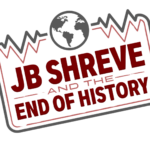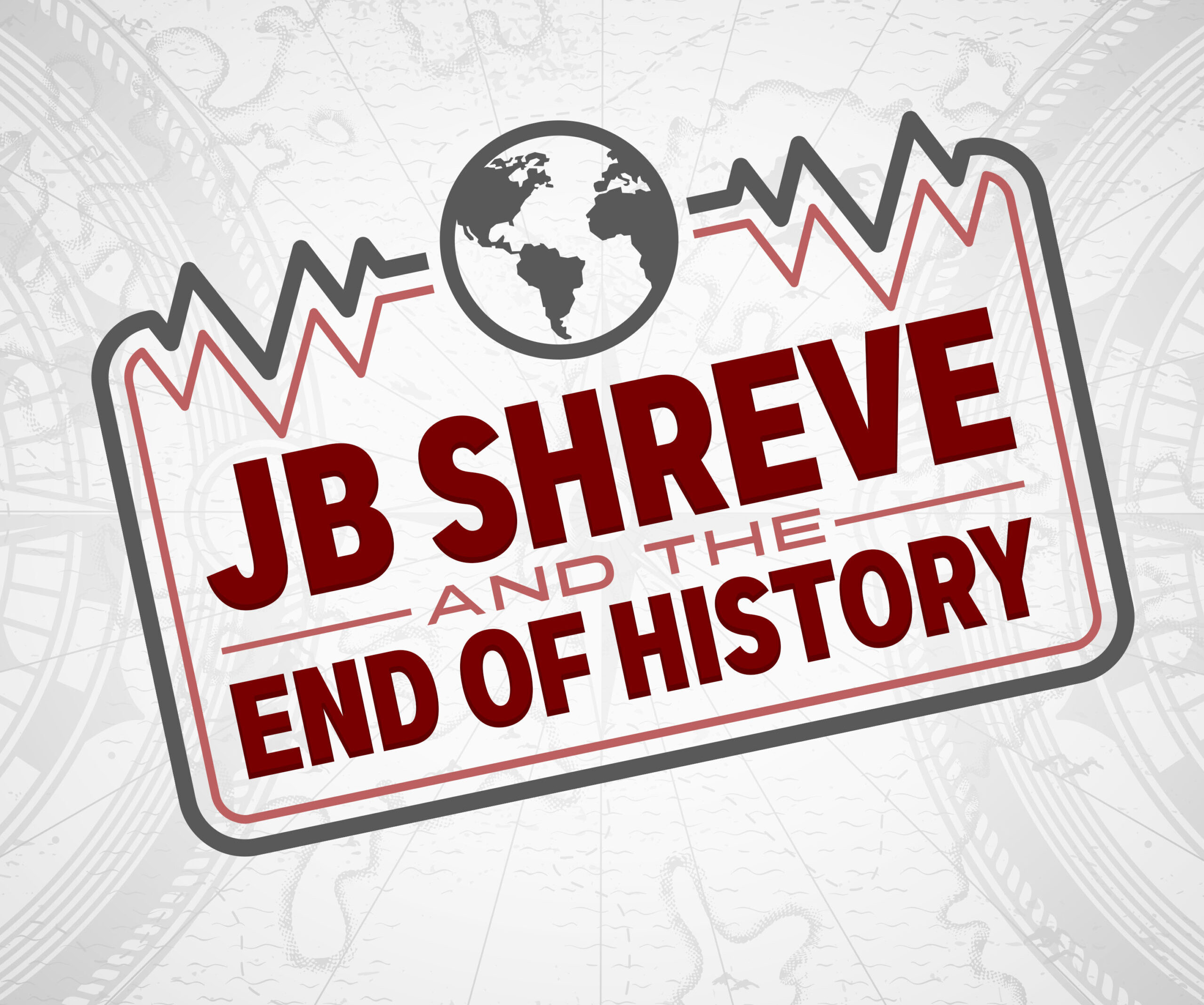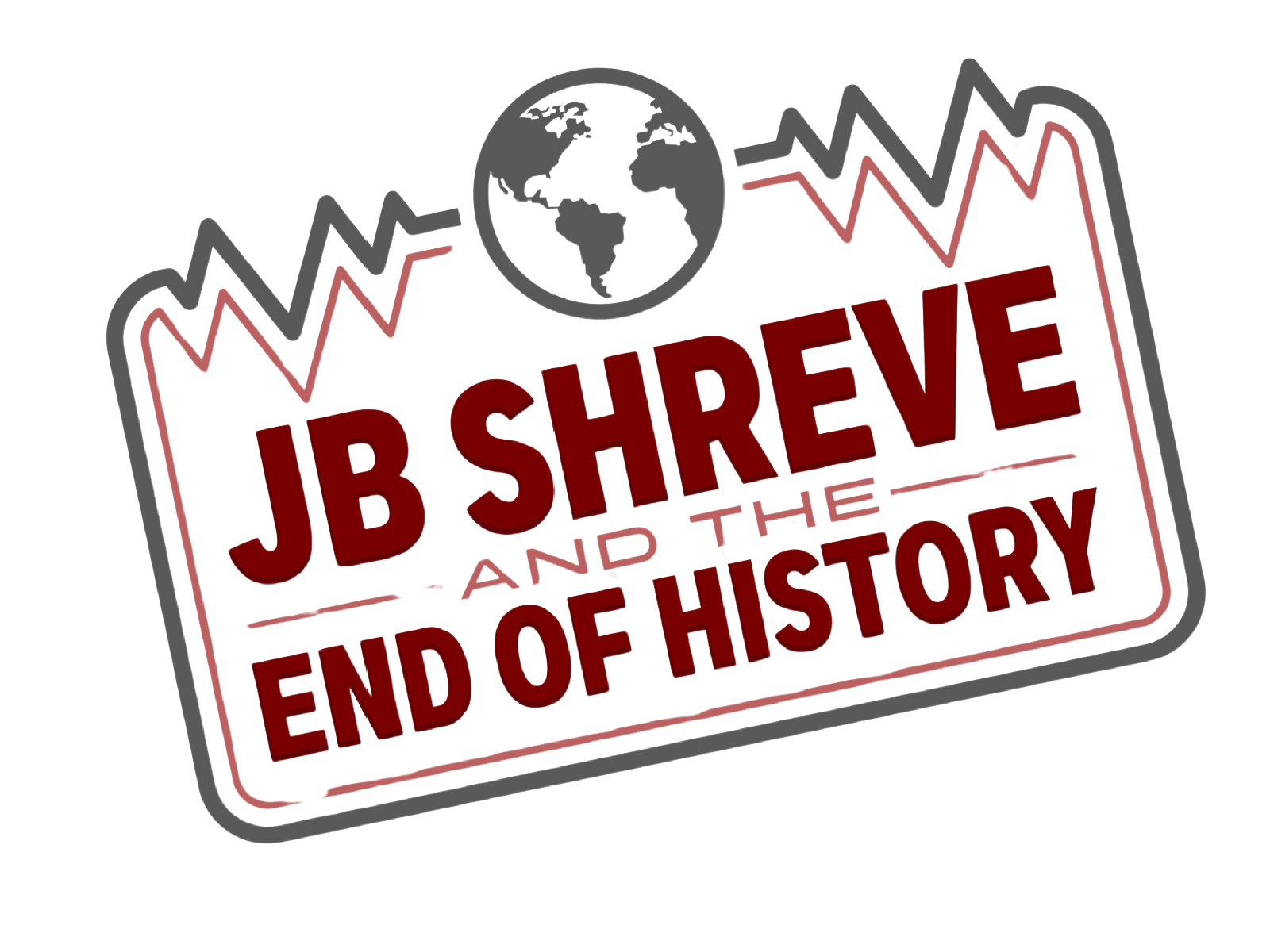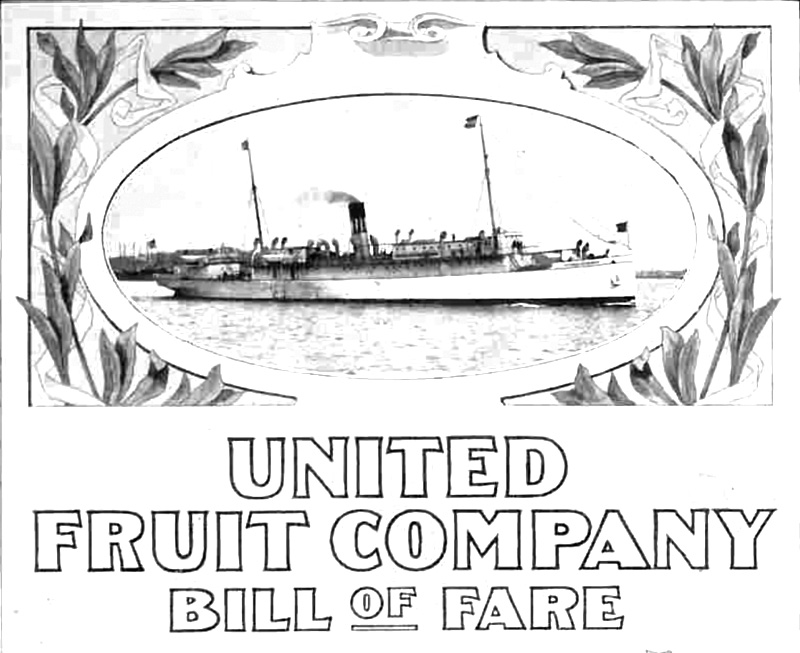
(This is part 3 in my blog series that examines the historical relationship and involvement of the US with Latin America that contributed to the modern dysfunctions of poverty, violence, and instability we frequently observe. Today we look at the United Fruit Company and corporate imperialism and exploitation in Latin America.)
Have you ever heard the term “banana republic?” Banana republic is a term often associated with corruption and dictatorial political regimes. It is a term that was born out of America’s historical relationship with Latin America and specifically through the United Fruit Company.
Subscribe to JB Shreve & the End of History
In the spring of 1899, the United Fruit Company was born. It was formed from the merger of a fruit exporting company based in Boston to a company that owned a network of fruit plantations and railroads in Latin America. The plan was simple and had already proven itself as profitable, albeit on a smaller scale. They would take the inexpensive fruit of Latin America and sell it to the world.
Today it may seem improbable that a fruit company could become a major influencer in geopolitics and statecraft. In the era before refrigeration, however, year-round access to a tropical climate and its fruit meant immense profits in America where bananas were becoming a standard part of the American worker’s diet. Even after the advent of refrigeration, the network and foundations of power and influence that United Fruit Company built in Latin America exercised enormous consequences for the history of America’s relationship with the region.

Governments like Guatemala, Panama, and Honduras incentivized the growth and influence of United Fruit where bananas made up 60% of their total exports. United Fruit Company and the dictators within countries like these worked out an exchange. The dictators repressed the organizing of the labor forces locally while United Fruit acted as the doorway to international markets for the countries’ largest export.
United Fruit dominated the industry with 90% control of the banana import business in the US. They soon controlled the European market as well. In the following decades, the company gobbled up competitors throughout Central America. By 1930 United Fruit was the largest employer in Central America. They owned more land than anyone else in Guatemala. Across Central America and the Caribbean, United Fruit owned more than 3.5 million acres. They dominated portions of nearly a dozen countries in the region. They owned the largest private navy fleet in the world. It was called the Great White Fleet.

- See also: Rotten Fruit (Financial Times)
For many in Latin America, United Fruit Company became the image of economic imperialism from the United States. Journalists in the countries where United Fruit was most active began referring to the company as “the Octopus” as its reach and influence were impossible to avoid or ignore. In the United States, United Fruit pioneered public relations work to recruit political power brokers to their side and to push their interests in foreign policy. In Latin America, they made friends with dictators and hired mercenaries to enforce their production quotas.

John Foster Dulles represented United Fruit as an attorney before becoming Dwight Eisenhower’s Secretary of State. His brother, Allen Dulles, was on the United Fruit board of Directors before becoming head of the CIA.
A Private Coup in Honduras

In Honduras, the government became concerned at the level of power and control United Fruit was exercising over international markets. To that end, Honduras restricted the rights of international businesses from operating on Honduran soil.
A business partner of United Fruit, Sam Zemurray, who would one day be head of the company, organized a private coup against the Honduran government in 1911. He and his mercenary partners put their own man in power over Honduras, who quickly gave them a tax-free concession of land for banana growth. For the next decade, Zumurray’s railroads were constructed across the country as he organized massive banana plantations with the choice land the government handed over to him.
By 1930 Zemurray’s company was one of United Fruit’s largest competitors. The two companies merged and Zemurray was soon leading United Fruit. As Zemurray and United Fruit grew in their domination of the global banana market, the gap between the haves and the have-nots in Honduras stretched wider and wider.
Farmers were not allowed on the choicest agriculture lands in Honduras as these were already granted to United Fruit. Meanwhile, a class of wealthy and powerful arose in United Fruit’s shadow, constantly paid off to maintain the company’s grip on power and control in the region.
Poverty, corruption, and resentment grew alongside each other.
Guatemala Coup
The most infamous story of United Fruit’s activity among America’s neighbors to the south occurred in Guatemala.

By 1901 United Fruit was already in control of Guatemala’s post office. In 1904 the Guatemalan dictator, Manuel Estrada Cabrera, granted the company a 90-year concession to construct and manage the country’s rail line. Along with this management came supremely monopolistic behaviors to make sure no local or international competitors could tread into the company’s holdings within Guatemala. In some instances, local farmers were not even allowed access to roads to transport their fruit. At other times the company demolished railroad tracks when they were done using a stretch of land for their own profit, thus making sure no one else profited from them.
For the next several decades the United States government and military frequently involved itself in the affairs of Guatemala and the interests of United Fruit Company, specifically to put down various forms of organized labor. Even as this occurred the partnerships between the company and new leaders in Guatemala resulted in higher levels of corruption and new concessions of land and railroads to the company.
After World War II new leadership in Guatemala’s government sought to curb the company’s influence and restore a balance of power to the citizens of his country. A new labor code was introduced and demands for improved working conditions began to be demanded.
While these events unfolded in Guatemala, back in the United States the company began to accuse Guatemala’s government of being influenced by communists. Several Senators bought in and began proclaiming the propaganda. They warned that the behavior of the Guatemalan government was putting US business interests, specifically United Fruit, at risk.
Then in 1951, Jacobo Arbenz was elected to the Presidency of Guatemala. He immediately began instituting reforms to curb the company’s power and restore sovereignty, control, and profits to the people of Guatemala. United Fruit, in turn, notified the US government and advertised publicly that Arbenz was a Soviet puppet and this was the first step to the communists making inroads in the western hemisphere.

In 1954 a military coup armed, trained and organized by the CIA was launched against Arbenz. The rebels invaded from neighboring Honduras which the US and United Fruit controlled. Arbenz was toppled and exiled. He died in Mexico in 1971.
The coup destabilized Guatemala for decades and more than 200,000 people were killed in the resulting violence. The actions of the United States, acting as an army and government for the corporation, helped spawn widespread appeal of communist revolution throughout Central and South America all the way into the 1980s.
Che Guevara was in Guatemala at the time of the coup against Arbenz and reportedly told his mother after this “I left the path of reason.”
Colombia and the Banana Massacre
The patterns of exploitation of local farmers and workers, manipulation of political systems with corrupt politicians, and US support given to United Fruit as they perpetrated these activities continued throughout the first half of the 20th century.

In Colombia, one of the most famous events is known as the Banana Massacre. Here a large group of United Fruit workers gathered to protest the working conditions and demanded change. The US, fearing an outbreak of communism, demanded the Colombian government take action.
The Colombian government’s response included a military dispatch with orders to “spare no ammunition” in putting down the protests. The death count from the resulting massacre reached as high as 3,000 although exact numbers are impossible to know.
The Banana Massacre is reported to have inspired various rebel and revolutionary movements throughout the country who came to believe the only way to stop the exploitation was through revolution.
Cuba
When communist revolutionaries overthrew the American puppet regime in Cuba in 1959 they also threw United Fruit out of the country. Ironically, it was the United Fruit Company’s policies and activities throughout the western hemisphere that propelled Castro and Che Guevara to action and also inspired their revolution focused followers. Revolution was now the only way as they saw it.

After the revolution, the United Fruit Company exercised all its might to move the CIA and American government against Castro. In the 1961 Bay of Pigs invasion, many CIA and Cuban exiles landed on Cuba aboard ships and boats belonging to the United Fruit Company’s Great White Fleet.
When the Bay of Pigs failed, Castro explained that Cuba would not be another Guatemala. He also planted himself solidly in the Soviet camp of influence in response. The following year the Cuban missile crisis resulted.
The United Fruit Company declined in influence after the Cuban missile crisis as many of its founders died and its activities in Latin America became better known around the world. The union of American and corporate interests in the exploitation of Latin and South America was already notorious though. In the ensuing decades, this region would be consumed by the Cold War struggle. Those who had witnessed the oppression of American interests against their families and homelands grew into widespread and violent revolutionary movements.
Read the Entire Series Why Is Latin America So Dysfunctional?:
-
- Why Is Latin America So Dysfunctional? Part One – The US and Mexico
- Why is Latin America So Dysfunctional? Part Two – American Imperialism in Latin America
- Why Is Latin America So Dysfunctional? Part Three – United Fruit Company
- Why Is Latin America So Dysfunctional? Part Four – Cold War, Dirty Wars, Drug Wars, Economic Wars
Subscribe to JB Shreve & the End of History




2 Comments on “Why is Latin America So Dysfunctional? Part Three – United Fruit Company”
Comments are closed.